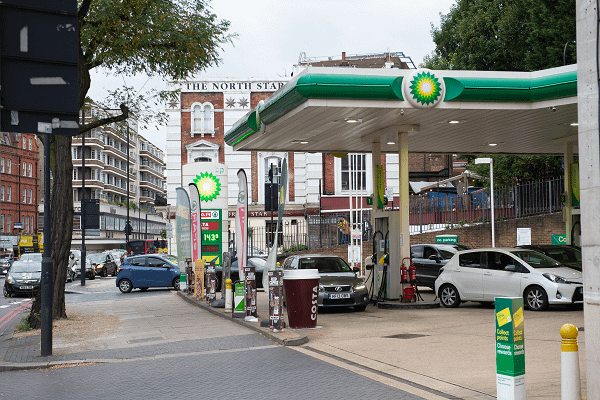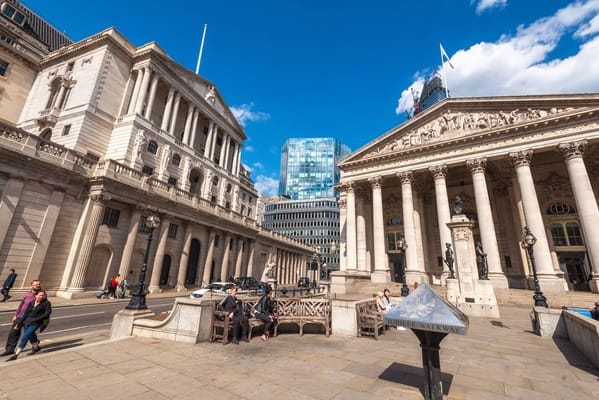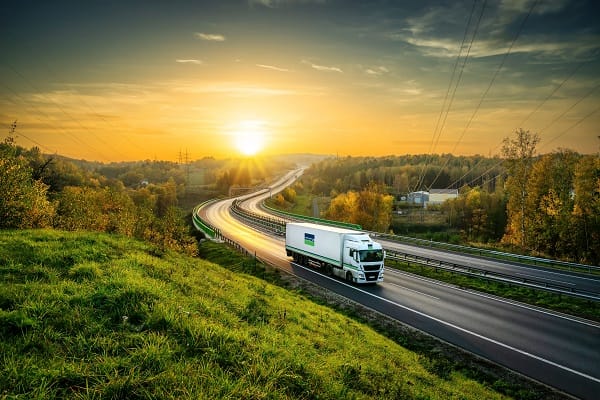Recent research by Compare the Market’s car insurance team looks into how far you can actually drive on an empty tank of fuel, and how this differs between different vehicle models.
The survey revealed that on average, drivers believe they can only travel 15.5 miles once their fuel light turns on, however, the research revealed that drivers could get an average of 50 miles more – three times the distance.
The Toyota Prius has one of the best reserve ranges, with around 99 miles left in the tank after the fuel light comes on
The research shows that Toyota Prius has the best reserve range of all cars analysed, with around 99 miles left in the tank. Prius’ also have the best mileage per gallon of all cars analysed, with an average of 65 miles.
In second place is the Mercedes Benz E-Class, which gives drivers approx. 85 miles after the fuel light engages. Range Rovers (73 miles) Honda CR-Vs (69 miles) and Jaguar F-Paces (68 miles) round off the top five best cars for reserve range.
In terms of which drivers need to be a little more cautious when it comes to their fuel gauge, the Suzuki Alto and the Kia Picanto both have just 31 miles left on average after the fuel warning light comes on.
Over a third (36%) of drivers have run out of fuel while driving before
The research also shows that drivers in the UK drive with their fuel light on for 6 days per year on average. Given that almost a quarter of people (23%) have admitted that they don’t refuel until their petrol light comes on, it’s perhaps no surprise that over a third (36%) of drivers have actually run out of fuel while driving.
Julie Daniels, car insurance expert at Compare the Market says, “Running an engine with little to no petrol can cause severe mechanical damage to your car, so motorists should always keep an eye on fuel levels.
If you do find yourself driving with your fuel light on, avoid driving at high speeds, turn electronics (such as your radio and air conditioning) off, and fill up as soon as you pass a fuel station.
And if you are trying to save on your fuel bills, adopting efficient driving habits can help, such as keeping your driving smooth, staying at an appropriate speed, avoiding idling your engine, and keeping your tyres pumped up to avoid using unnecessary energy.”








